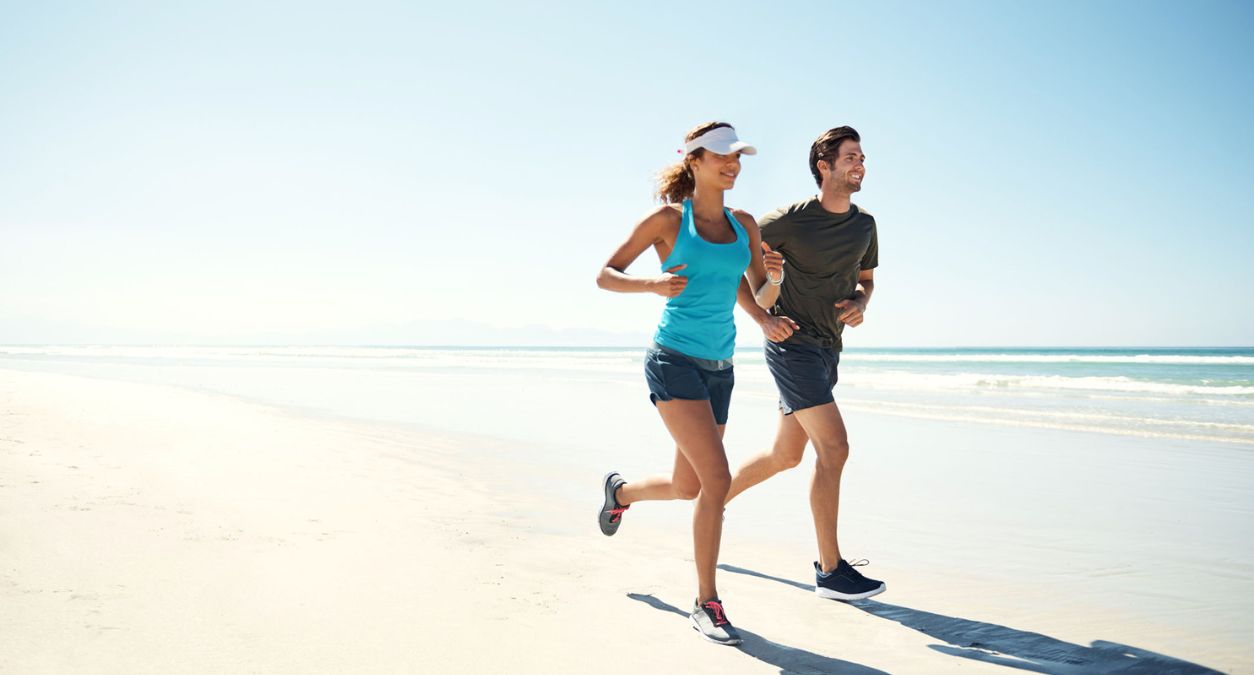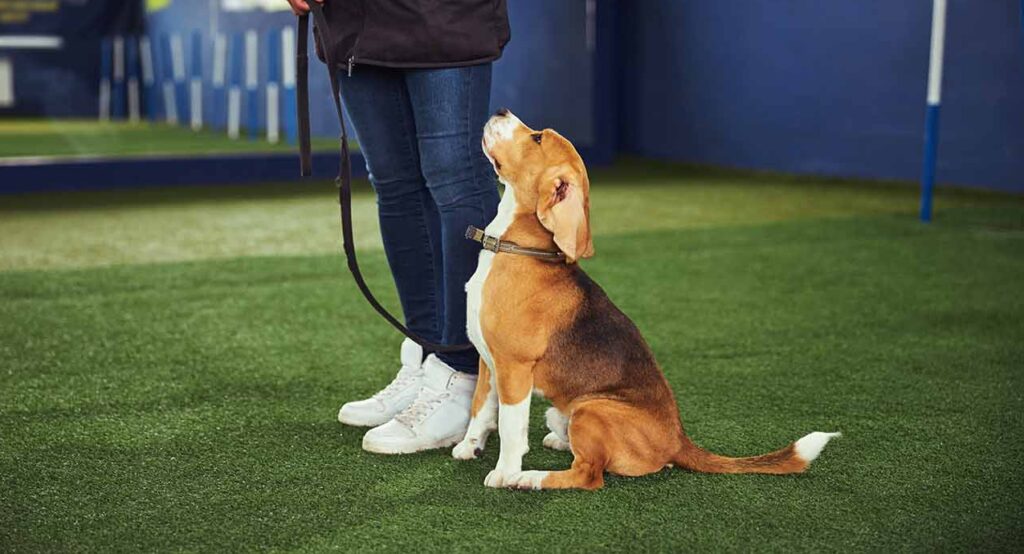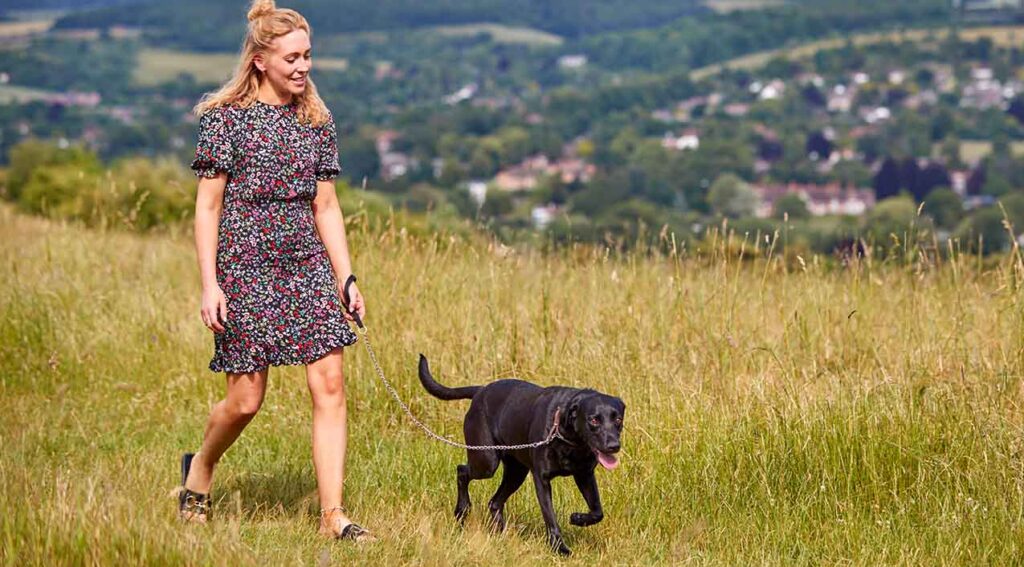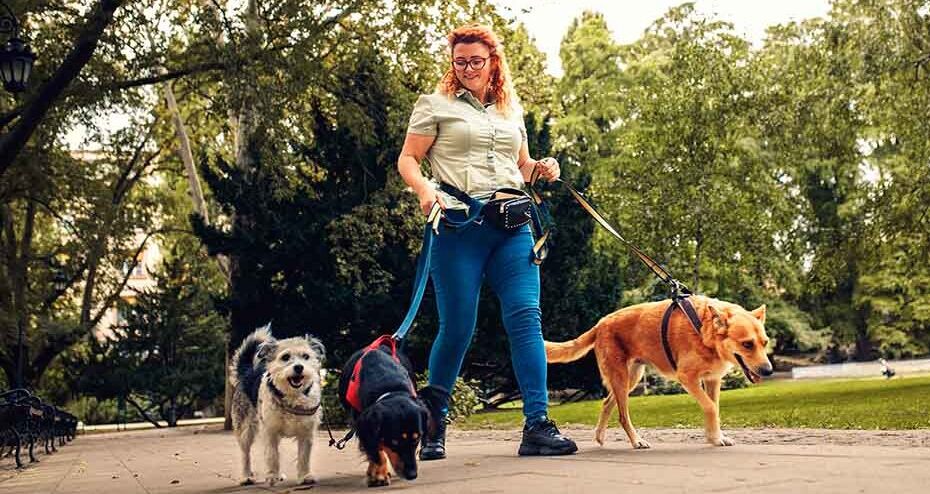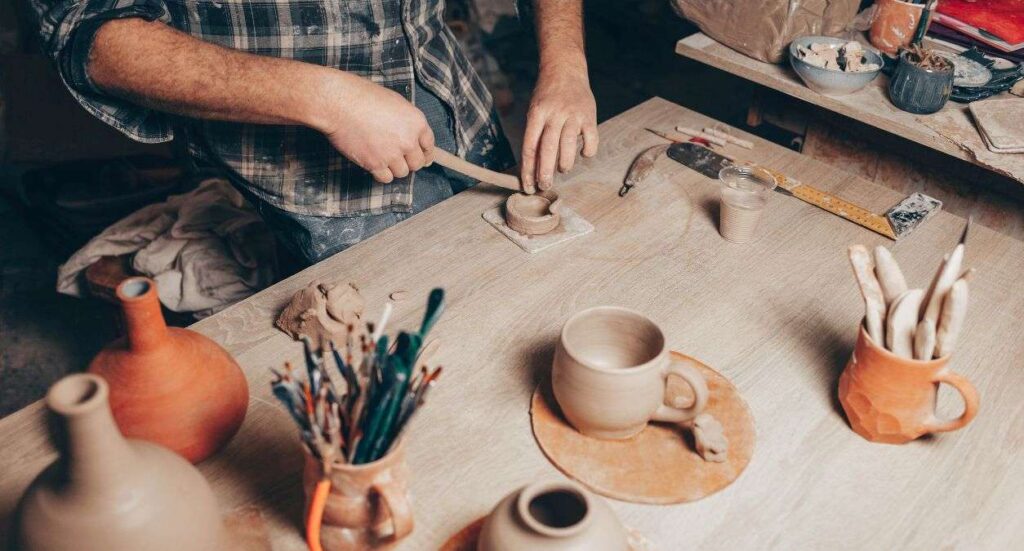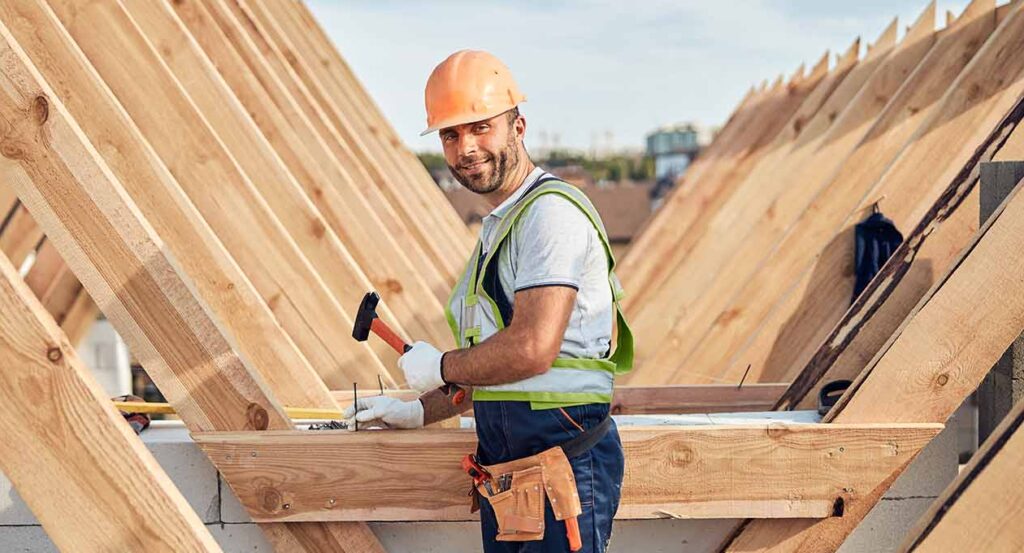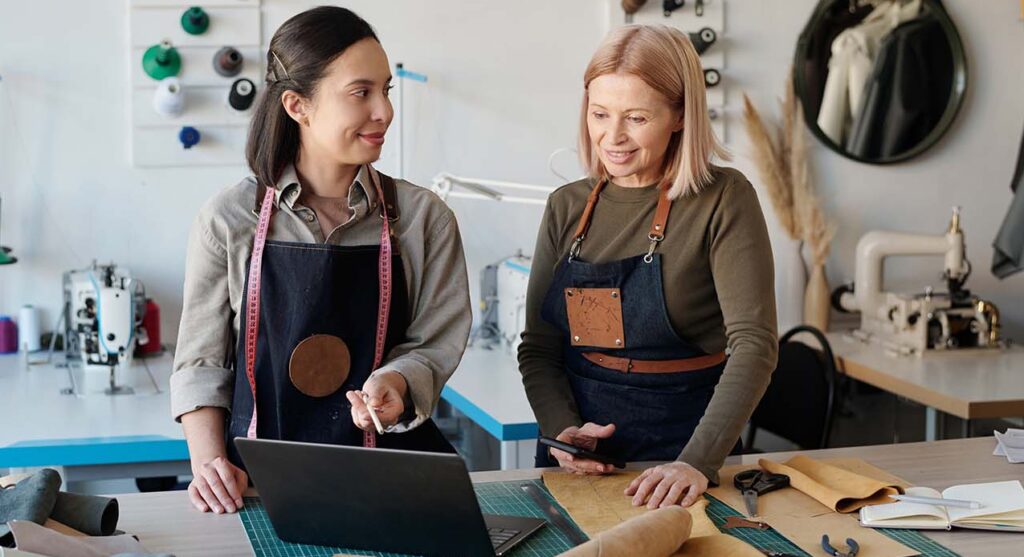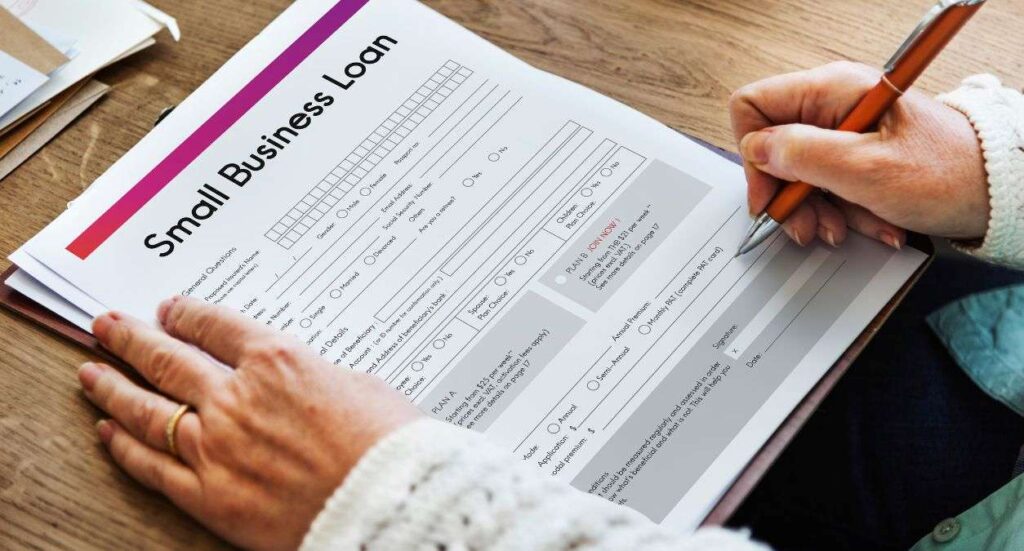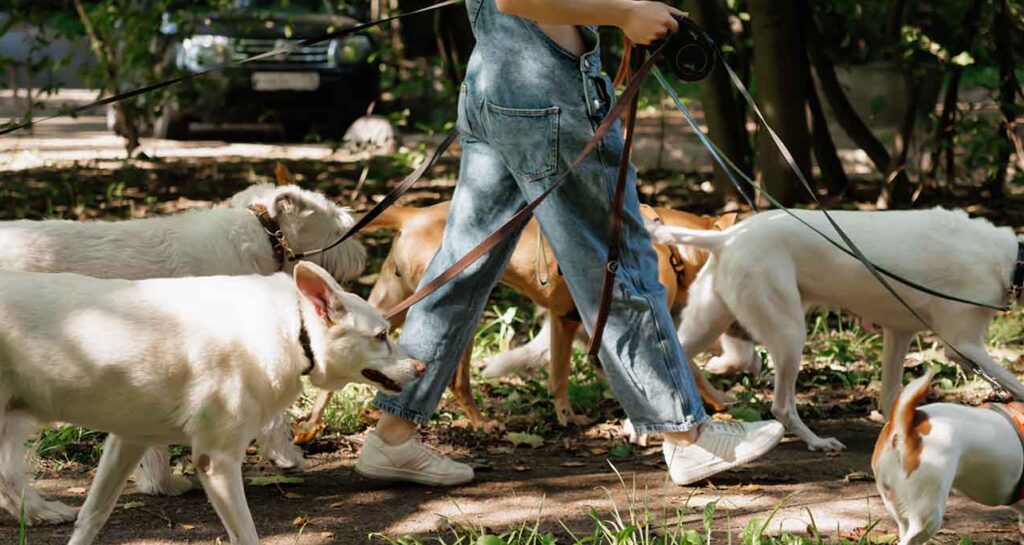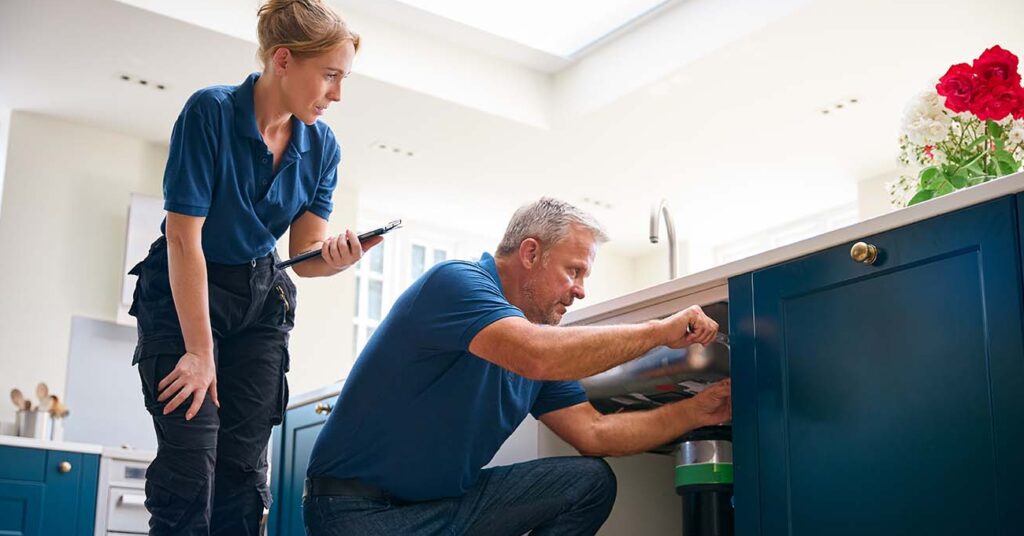Table of contents
Table of contents
Table of contents
Contributors
Mandy has been with Starpeak Insurance Solutions since 2018, starting in sales in the consumer department and mov...
Alexa Briggs is a running coach at On the Run Health and Fitness (https://www.ontherunhealthandfitness.co.uk) and has a passion for helping people to fall in love with running and making improvements to what they can achieve. We asked Alexa for some tips when personal trainers have running clients.
I’ve been thinking a lot recently about how to build a stronger runner; strength can help you get faster and be more resilient to injury. Having spent a lot of time working with physiotherapists and running rehabilitation specialists I’ve been learning more and more about the importance of strength in running for injury prevention and how modern day lifestyles conspire against our bodies being able to work in the most effective way.
So if you want to get stronger, where do you start? Firstly don’t be worried about bulking up or getting bigger muscles with strength training – you need to be quite specific about the high weights you use, the reps, recovery and not doing aerobic work after training to start building muscle. Secondly, and most importantly, you need to start with a good foundation or balance, agility and coordination; otherwise adding weights to the movements will inevitably raise your injury risk.
Try these three to see how you get on;
- Standing on one leg
- Hopscotch
- Standing forwards, two leg jump
The things to watch out for are how much you wobble, how easy you find the movements and how much your knees collapse inwards, respectively. If you have the knee collapsing in problem, or any other movement sideways in your legs on the jumps, it may be worth seeing a physiotherapist for some “prehabilitation” work to identify your own areas of weakness and get a specific strength exercises to help.
You can use these exercises themselves to start to improve, once you have mastered them you can progress these (and any other strength exercises) by adding to the number of reps, adding some instability (doing them on a balance board or bosu ball) or by adding weight. Only add one of these factors in at a time, and only when you are able to do the exercise at it’s previous level with perfect technique. Use a mirror and a wealth of online videos to help check you are doing them right, or a friend! Personally I start by adding instability at my balance and proprioception (your brain knowing exactly where your body parts are) are poor at the moment.
Doing these exercises and watching your technique carefully will help you to identify your own areas of improvement. From the runners I work with the hips can often be identified as an area of weakness, which can be a cause for injuries and soreness in many other areas. It’s particularly common in those people with desk jobs as spending lots of time sitting lengthens and weakens some of the key muscles in that area. The knee collapsing inwards on the jump or if you try a one leg squat is an indicator here.
With that in mind here are some of my favourite exercises and how you can progress them to keep improving;
Standing on one leg with one hand supporting. Move to standing on one leg on a bosu ball or balance board, gradually removing the amount of pressure you hold on with.
Two leg squat hands in front of you or across chest, move on to having your arms behind your head. Watch those knees!
Once you are happy with the two leg squat start to add weight with a bar on your shoulders. Also try a one leg squat (no weight!) to bring your balance into play too – that knee might want to move inwards again so keep an eye on it.
A different way of squatting is to lunge instead, which you can progress by doing multi directional lunges, forwards, backwards and sideways on each leg. You can add in torso rotations in the lunge position too.
Try sideways walks with a thera band tied round your legs just above the knee. You can do more reps or tie the band tighter to make this more challenging. This will help build strong muscles around your hips to help hold the legs steady as you run.
Try clams; lying on your side, legs bent, raising the knee of the upper leg in an open and close motion.
Bridges, the popular yoga pose, are also good, which you can progress to one leg bridge once you can keep your pelvis level and steady.
Progress the standing jump to jumping onto a step or box and jumping back off. One you are confident your technique is excellent try them one legged!
Traditional core exercises such as plank, side plank, mountain climbers, crunches and mountain climbers can build strength too. But for running we need to get the core working as part of the whole.
So how can you progress strength training to be both more challenging and more running specific to help your speed? One way is to overcome our fear of the gym a little!
For runners the only really useful machine in the gym is the leg extension machine. Start with a weight you can do 5-6 reps with. You can move to using the machine with one leg at a time or by upping the weight.
The two key weights room exercises for runners are the squat and the deadlift, which you can start with just a bar to perfect the technique before adding weights. If you can get someone to check your technique as you do them that can be really helpful. As your technique and ability improves you can start to add faster, more explosive movements on the way up and out of the exercises, this is where the running specificity comes in as you use the same “triple extension” of the ankle, knee and hip as you do in running.
The other way of strength training for runners is to sprint – it’s the most specific form of strength training we can do. Because it’s for strength and not as a form of running training for endurance athletes you need to be running at 90-95% effort and for short bursts (8-10 seconds) and really concentrating on your technique. A way to help you naturally get better sprint technical is to sprint up hills, looking up the hill and driving the arms.
With all of these exercises, start slowly and focus on technique at all times or you may be doing yourself more harm than good. ideally after a recovery day and with an easier run the day after.
Visit our Personal Trainer Insurance page to get an instant quote and cover for your business today.
*Disclaimer – This blog has been created as general information and should not be taken as advice. Make sure you have the correct level of insurance for your requirements and always review policy documentation. Information is factually accurate at the time of publishing but may have become out of date.
Last updated by




